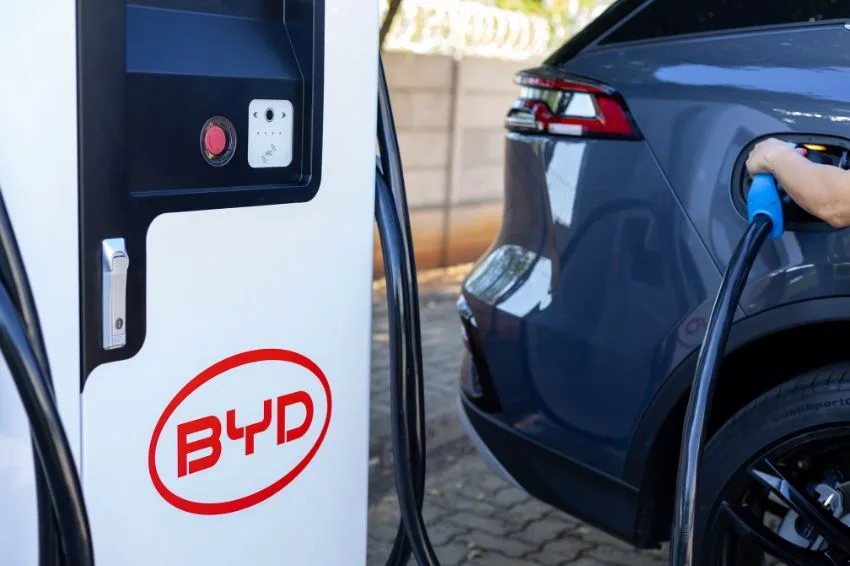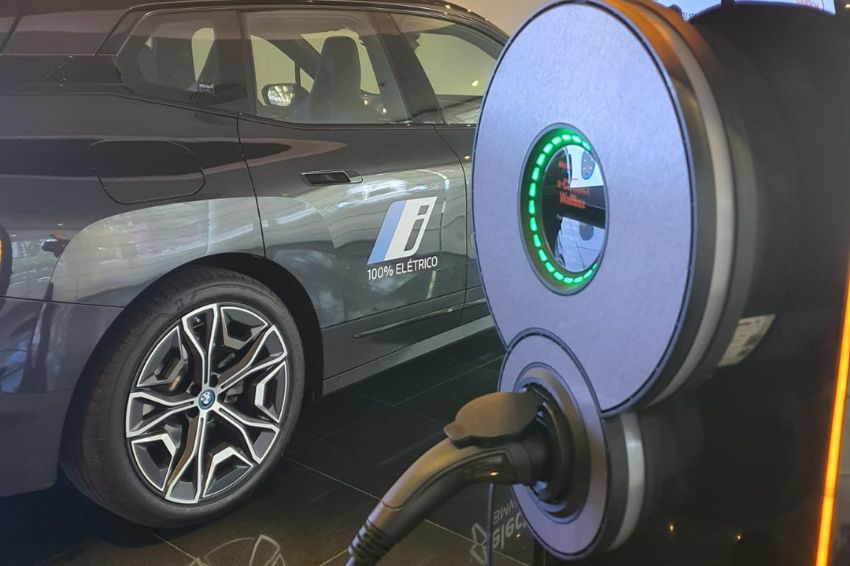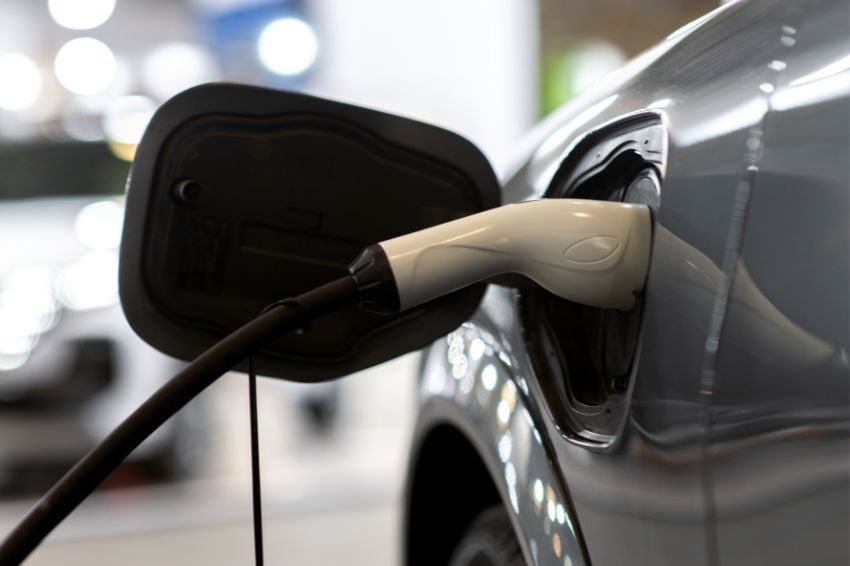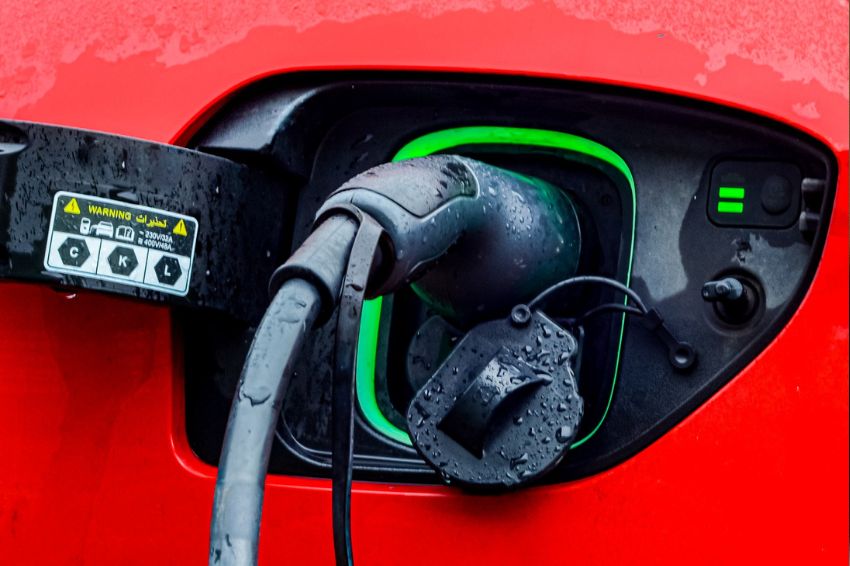According to a study carried out by BNEF (BloombergNEF), EVs (electric vehicles) will represent a market opportunity of US$ 7 trillion by 2030 and US$ 46 trillion by 2050.
Including, in Brazil, 2020 was the best year in this sector. Data from ABVE (Brazilian Electric Vehicle Association) showed an increase of 66.5% in registrations compared to 2019.
Vehicle manufacturers, for example, were not left out. A Volkswagen announced that it has started series production of the e-Delivery electric truck, and the Volvo highlighted that its goal is to sell only hybrid and electric cars from this year onwards.
Know more: Porsche signs partnership with EDP to use charging stations in Brazil
It does not stop there. A Ambev brewery has already signed a partnership with the Brazilian startup FNM (Fábrica Nacional de Mobilidades) and with the national automaker Agrale to produce a thousand EVs, including trucks and vans.
Therefore, when it comes to electric mobility, the growth curve is being accentuated. But, according to Felipe Martins, electric mobility manager at NeoCharge, it is increasingly important that cities are prepared so that electrified cars are more accessible to consumers.
“The necessary transformation for the future of electric mobility depends on structuring in municipalities, which means having charging points on a large scale – like gas stations are today. For this, investment is needed from both the public and private sectors – the latter in shops, hotels, airports, among others”, he explained.
Public policy
According to the expert, several public policies can be applied to stimulate the growth of EVs, at all levels of power (federal, state and municipal). “Incentives can focus on production, benefiting manufacturers of products related to electric cars, or on demand, with actions aimed at consumers.”
“For companies in the sector, the government is able to offer incentives such as subsidies and tax exemptions to encourage the manufacture of automobiles or accessories, in addition to establishing production targets”, he pointed out.
As for buyers of electric vehicles, Martins stated that some possible advantages are reduced rates at the time of purchase, exemption or discount on taxes (such as IPVA), no need to comply with rotation (also considering that electrified vehicles are less polluting) or even permission to circulate in restricted areas, such as bus lanes.
“Government incentives in Brazil are still timid. As examples, we can mention some states that offer tax benefits such as tax exemptions or reductions. On other fronts, some Brazilian cities have already adopted free access to bus lanes and allowed exemption from rotation, as is the case in the city of São Paulo”, he highlighted.
Advantages of electric vehicles
According to the NeoCharge manager, EVs are essential for meeting carbon emission reduction targets as determined by the Paris Agreement (COP21). “An electric car is proven to reduce at least 30% of emissions in a high-carbon matrix and 70% in a low-carbon matrix.”
“In addition to the ecological advantages, they also bring practicality and efficiency in logistics. From the point of view of the production chain, it makes much more sense to produce energy and transport it in transmission cables than to drill the ocean, extract a liquid, take it to a refinery and then treat it to distribute it through tank trucks to gas stations”, he pointed out.
The executive also emphasized that, in the past, the electric car was not a viable option, as battery technology was backward, expensive and did not have enough storage capacity to move a vehicle over long distances.
“But now we are in a new era and the range of an electric vehicle is no longer a problem. They are an alternative to conventional ones, they are already a reality”, he highlighted.
Know more: EV sales are expected to surpass those of combustion cars by 2035
Electric mobility projects
Are states, companies and entities structuring themselves to install sustainable projects? Agesolar (Rio Grande do Sul Regional Solar Energy Association), for example, has already launched a program whose objective is to structure a electric mobility corridor in Brazilian territory and encourage the use of non-polluting sources.
The Northeast is also following this premise. In May, Neonergia delivered the first charging points that are part of the Corredor Verde program – the first electric highway in the region. According to the company, 18 charging stations will be installed.
Know more: Housing platform invests in charging services for electric vehicles
The road will allow drivers to travel through six northeastern states: Bahia, Sergipe, Alagoas, Pernambuco, Paraíba and Rio Grande do Norte. In total, the corridor, which is 1,200 kilometers long – one of the largest in Brazil – will pass through 70 municipalities.
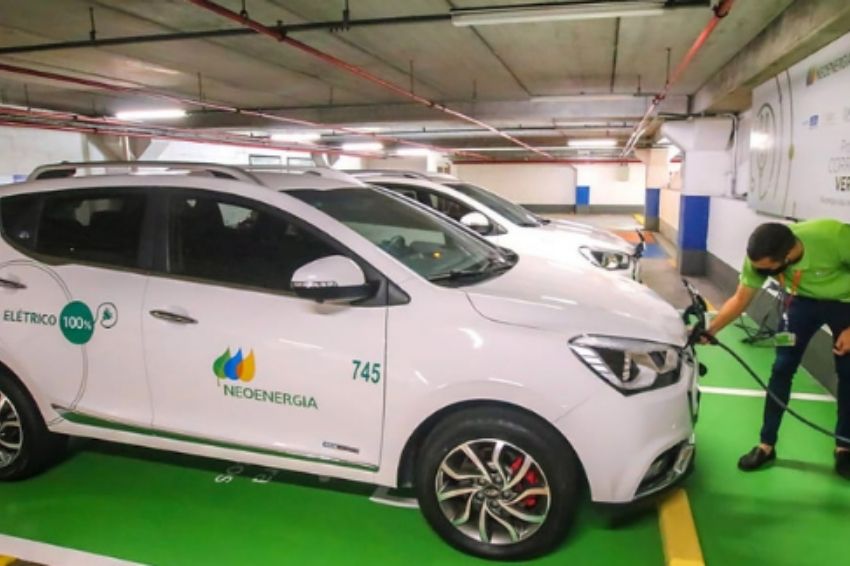
“Neoenergia’s Green Corridor is an innovative initiative to encourage sustainability. The project offers society a possible alternative to contribute to the fight against climate change. Encouraging electric mobility means reducing greenhouse gas emissions through the decarbonization of the vehicle fleet”, highlighted José Brito, the company's Research and Development manager.
Meanwhile, on national soil, the city of São Paulo has already implemented a law that determines that every construction company must plan its buildings with charging points available for electric cars. “If the future will be electric, it makes perfect sense for condominiums to be ready to receive these vehicles,” said Felipe Martins.
Electric mobility abroad
In Norway, for example, one of every 2 cars is already electric, according to a report from the IEA (International Energy Agency), and 80% of recharges are carried out in homes.
Another case cited by the NeoCharge representative is in China, a place where there is already a high circulation of EVs, not only privately, but in public transport as well.
In other words, in the expert's opinion, for cities and countries to advance more quickly in electric mobility, governments can also help by promoting tax incentives so that the sector can develop and that electric cars are cheaper and more accessible to the population.
“After all, this tax subsidy will be returned with a better quality of life for citizens and greater economic efficiency in regions that have a good structure to receive EVs”, he concluded.
Integration of solar with EVs
For Daniel Huber, vice president and general manager of SolarEdge for LATAM, APAC and EMEA, the transition to electric mobility will have an impact on both the grid and domestic energy consumption.
“Increased EV load can cause overload due to continuous high demand. For homes, charging electrified cars could become one of the main loads, causing electricity bills to increase,” he said.
“On the other hand, the increase in photovoltaic installations has caused new stresses on the electrical grid, such as intermittent production and consumption ramps at the end of the day. However, by integrating EVs and solar into a single solution, we achieved several benefits for both markets,” he reported.
According to the executive, this includes reduced lifetime costs with a lower acquisition value, segment acceleration, less stress on the network with charging smart and a more sustainable 100% electric car charging source, limiting the effects of climate change”, he concluded.



